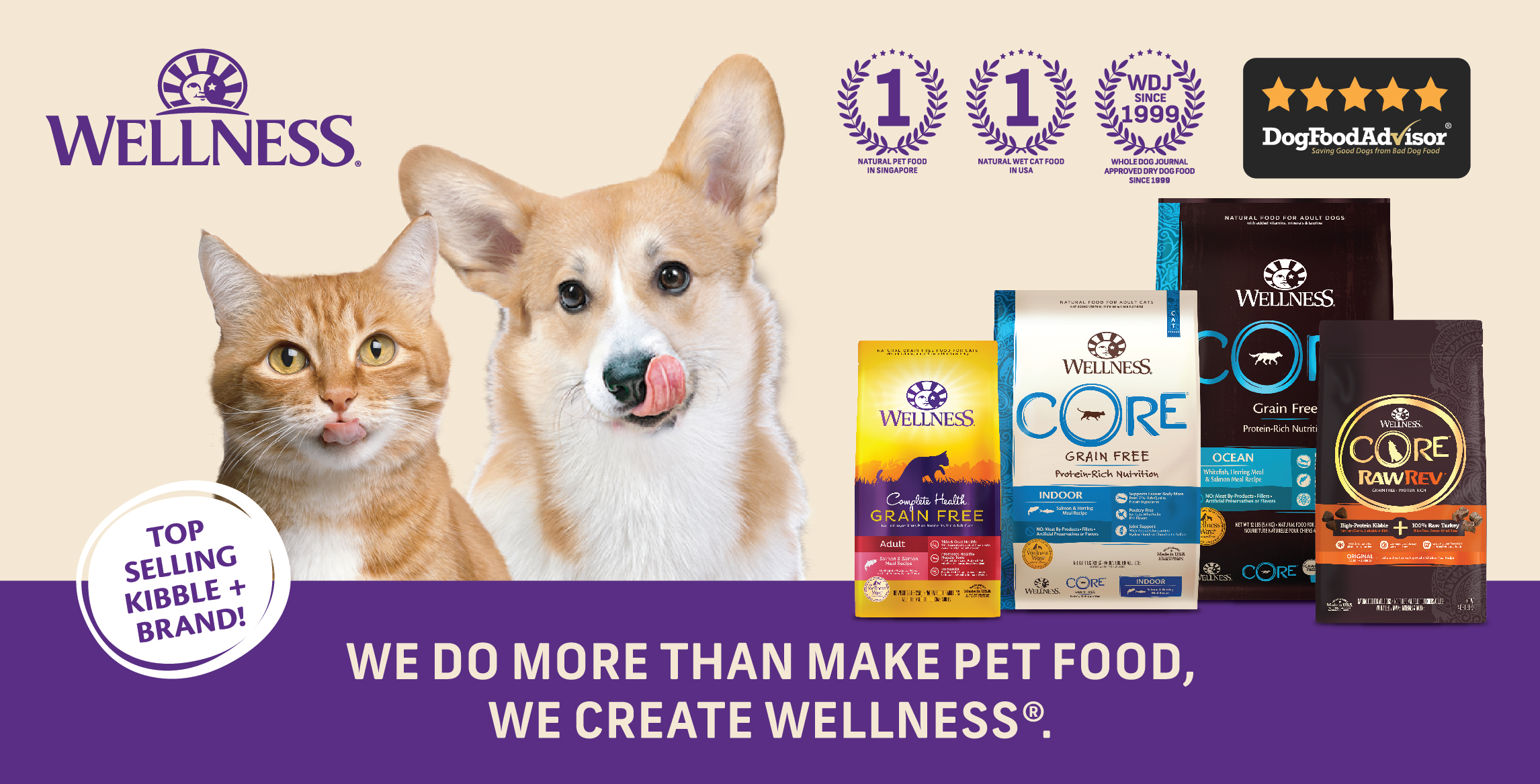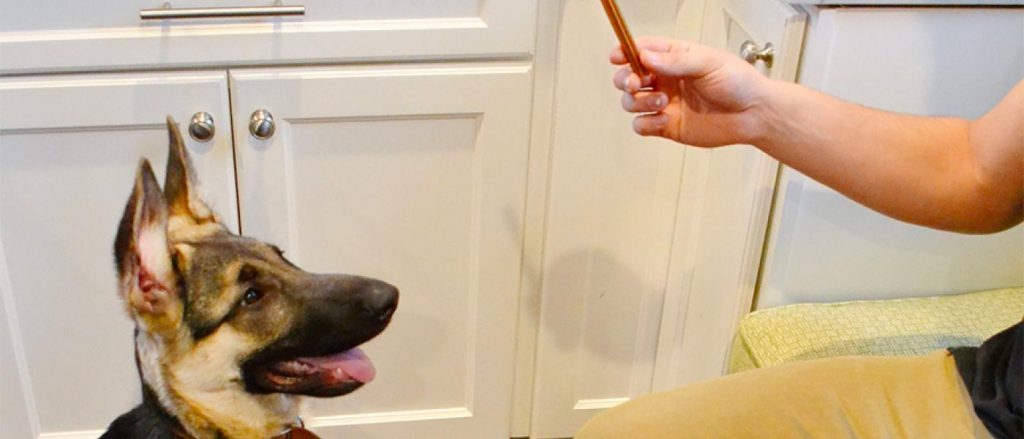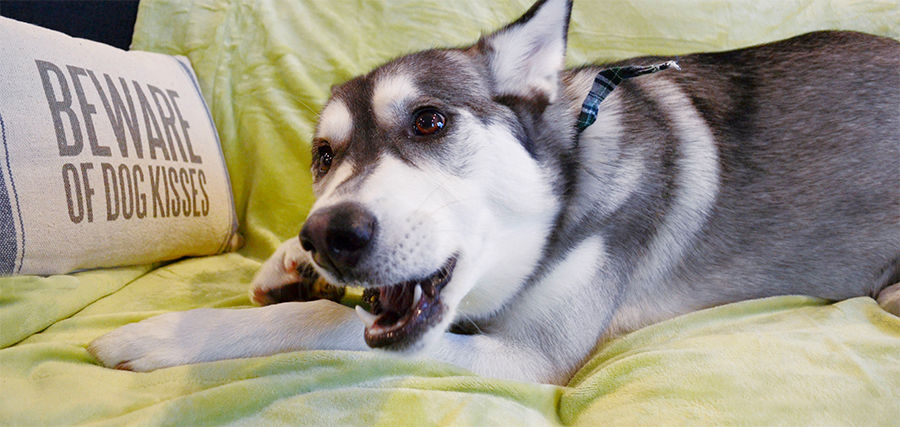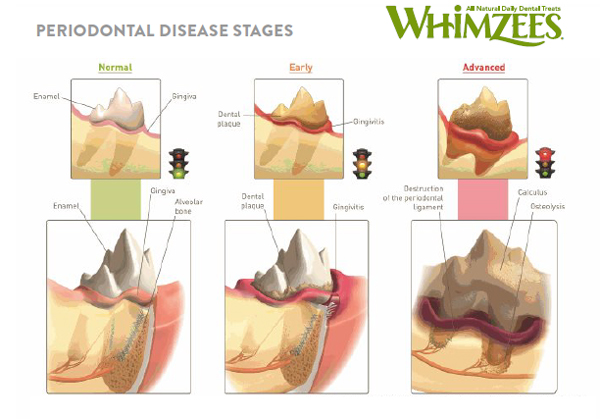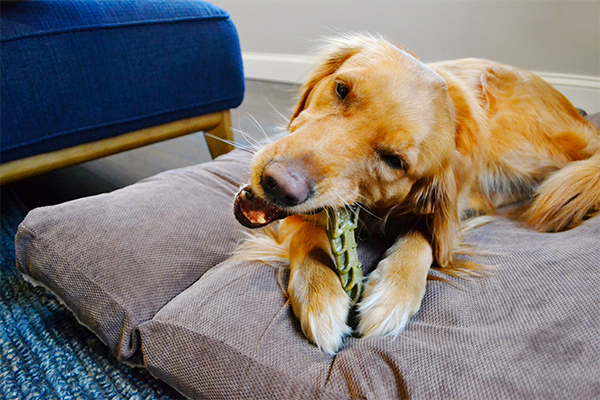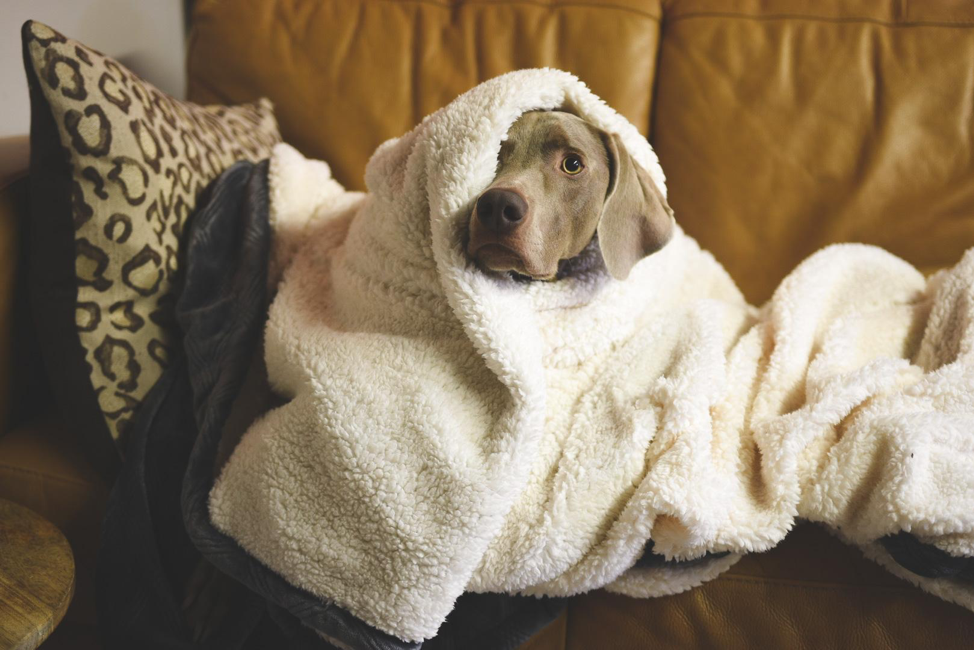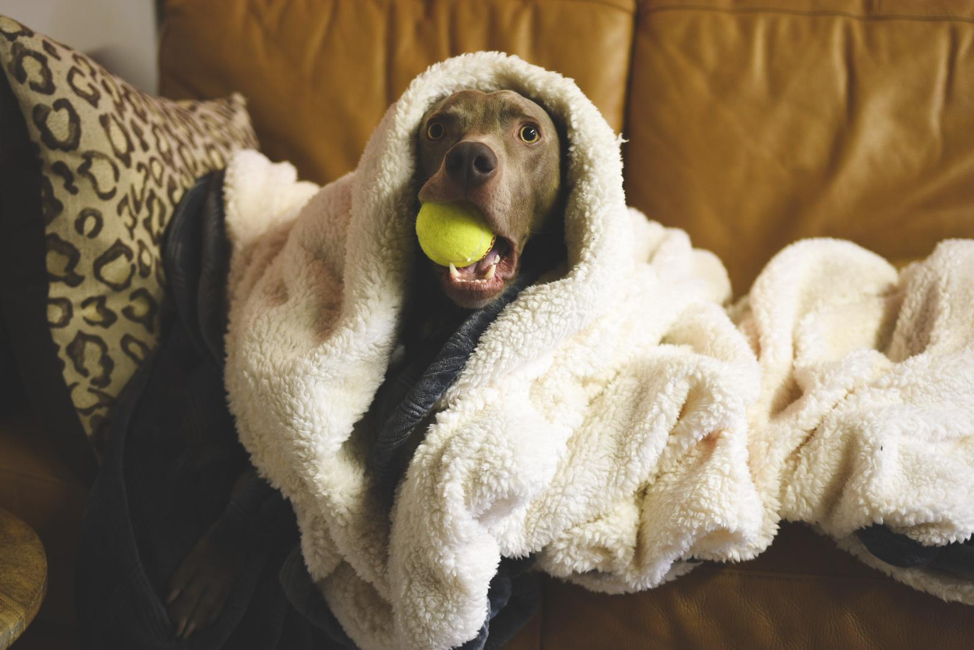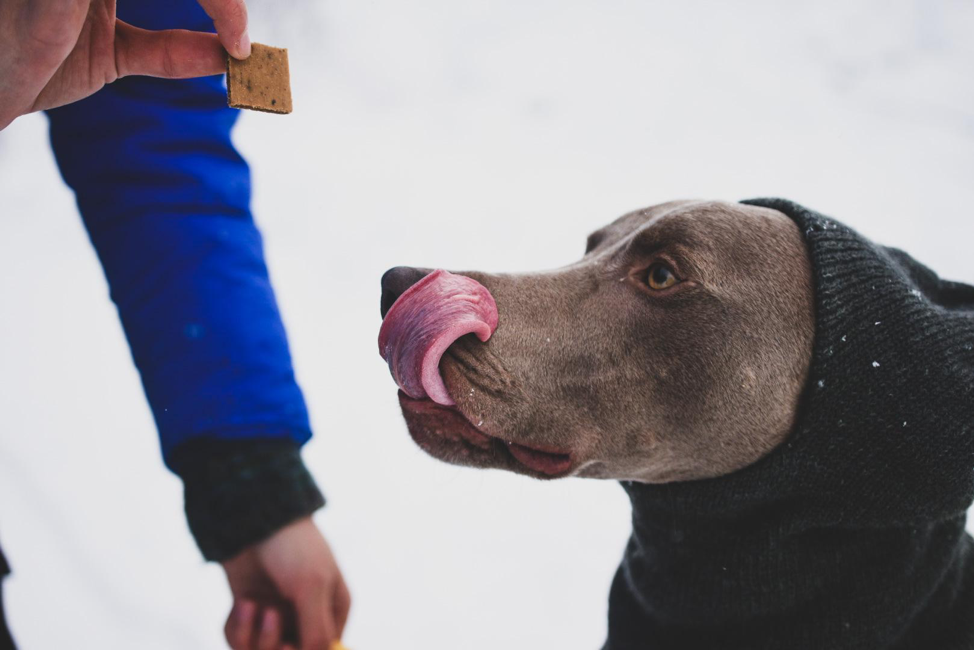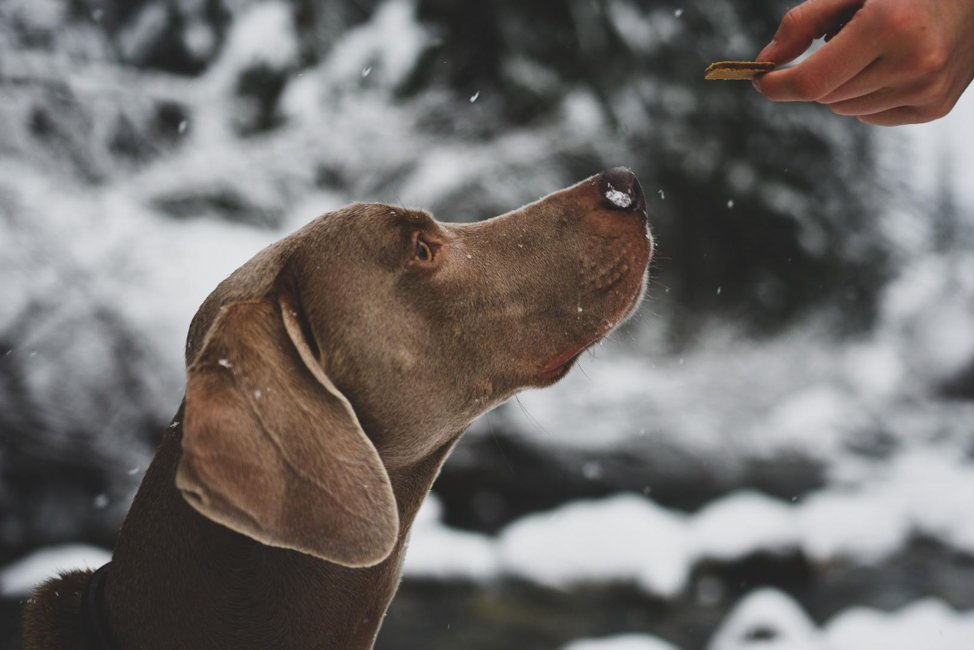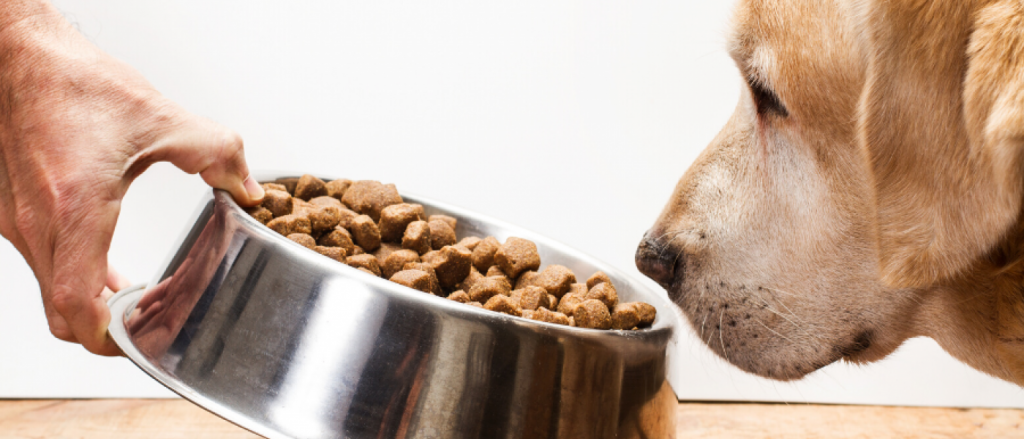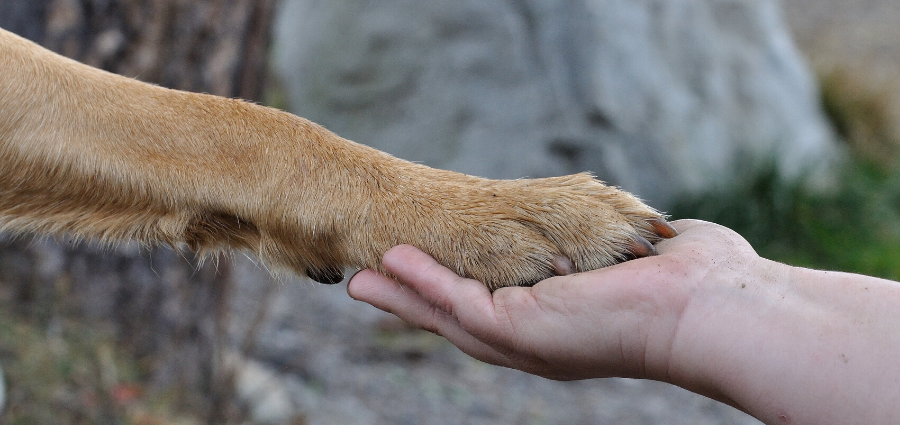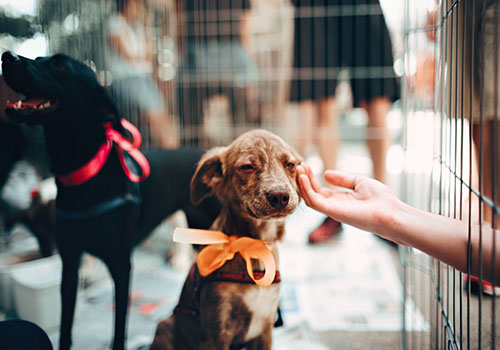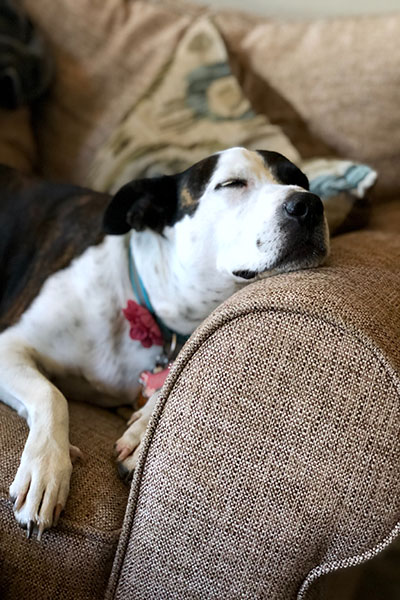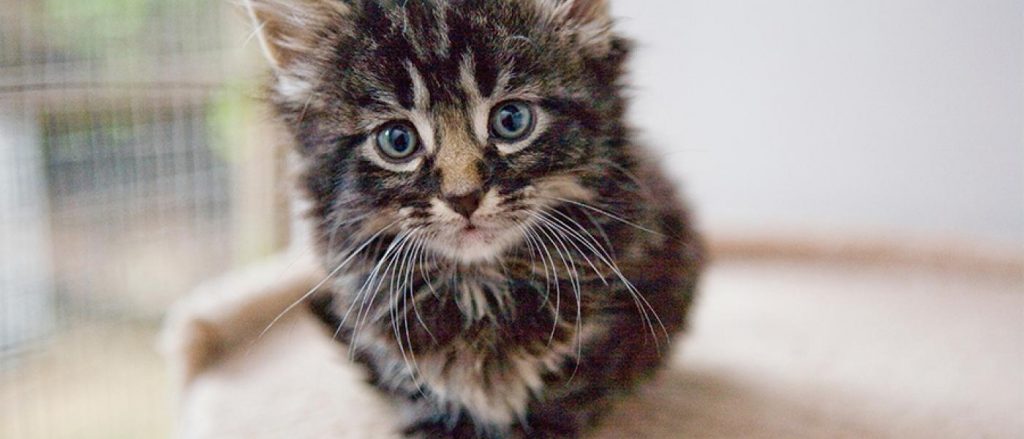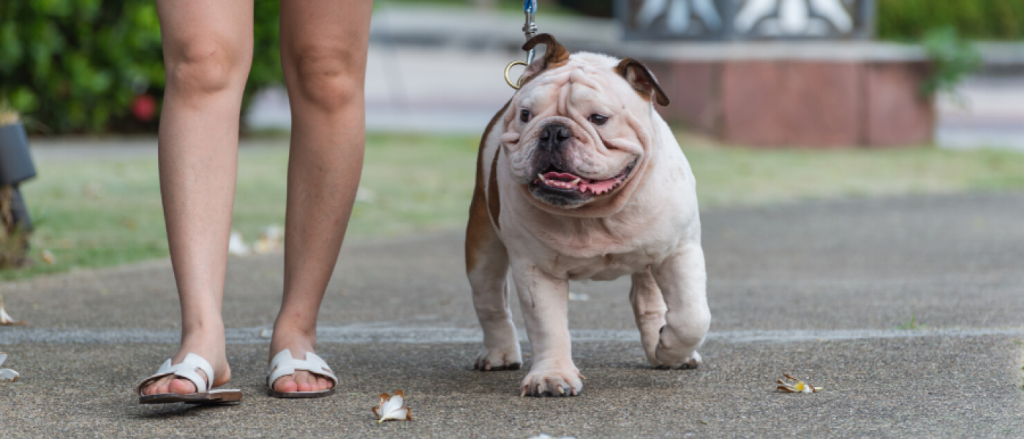
Give your puppy the best possible start in life by feeding a specially formulated puppy food to meet their growing needs.
What Is A Puppy Diet?
The best food for puppies are formulas that contain essential growth nutrients such as DHA (docosahexaenoic acid), an omega-3 fatty acid that is crucial for brain health, the development of the nervous system as well as key for good eye sight. Puppies actually get DHA from their mother’s milk that is why it’s so important in a puppy recipe as they transition over to real food. DHA in puppy foods can be sourced from fish or fish oil, liver protein or from algae meal.
A puppy diet also contains optimum amounts of calcium and phosphorus to support healthy bones, muscles and teeth in terms of the AAFCO nutrient profile that supports growth. The best foods for puppies are higher in calories than adult diets to ensure overall healthy growth. That’s why there are different types of puppy diets because, for example, larger breeds grow over a longer period of time and have nutritional requirements related to their growth pattern versus small breeds.
Whether your puppy is going to grow up to be a small adult dog or a larger dog, it’s important to always follow the feeding guidelines in order not to overfeed. It’s worth having a nutrition conversation with your veterinarian. At Wellness, we offer a full-time hotline and can offer knowledgeable advice with regard to specific puppy nutrition questions. Contact Us at 800-225-0904, Monday – Friday 8am – 5pm ET.
Best Food for Puppies
Fortunately, when it comes to the best premium, natural recipes for puppies, there are options crafted to meet a growing pup’s needs in grained or grain free formulas. They also take into consideration kibble size and wet textures suitable for puppies.
Best High Protein Food for Puppies
- Wellness CORE RawRev Puppy dry food: This high-protein kibble, available in both grain-free and grained varieties, is a savory, nutrient-rich meal packed with everything a puppy needs to thrive. It contains bite size freeze-dried pieces of 100% turkey. Apart from turkey as the main protein ingredient, this recipe contains turkey liver and turkey hearts plus ground flaxseed, spinach, broccoli, carrots, parsley, apples, blueberries and taurine, (essential for a healthy immune system and good heart health).
- Wellness CORE Puppy: This recipe has chicken as the main protein ingredient along with Chicken Meal and Turkey Meal. Available in both grain-free and grained options, the recipe excels with high amounts of DHA obtained from salmon oil. The spinach in this recipe is an excellent source of magnesium and iron and it contains a medley of vegetables such as broccoli, carrots and kale and fruits like apples and blueberries which are all rich in vitamins and minerals for your growing puppy.
Best Natural, Balanced Food for Puppies
- Wellness Complete Health Puppy: Deboned Chicken, Oatmeal & Salmon Meal Recipe: This is an excellent option for pet parents looking to add whole grains to their puppy’s diet. Apart from oatmeal, it contains ground barley, a popular ancient grain in pet food. Salmon oil is the key ingredient for providing high levels of DHA and tomatoes provide a source of vitamin C and carotenoid lycopene, an essential antioxidant for a growing puppy.
- Wellness Complete Health Grain Free Puppy: This chicken recipe has the same high-protein, balanced nutritional profile as the Complete Healthy Puppy (above) but it is grain free. Thus, pet parents have this option without comprising their puppies overall nutritional needs.
Best Breed Size Specific Food for Puppies
- Wellness CORE Small Breed Puppy: It’s important to feed a diet that has been specially formulated to take your dog’s growth pattern and final size as an adult into account. Typically, small breeds grow to adulthood in 12 months. This CORE Small Breed Puppy diet is a grain-free, protein-rich food formulated to ensure that bones and muscles develop proportionally to their size. Further, it has high levels of DHA to support cognitive development, guaranteed levels of calcium for strong bones and omega fatty acids for a shiny coat. The kibble is sized for smaller jaws and teeth to make certain the food is properly chewed.
- Wellness CORE Large Breed Puppy: Deboned Chicken, Chicken Meal & Turkey Meal Recipe. The best food for a large breed puppy is one specially formulated to consider that larger breeds are not adult dogs until they are 18-24 months old. Consequently, a large breed puppy food has less calories compared to regular puppy food to take this longer growth period into account. Nevertheless, the key nutritional focus remains with high levels of DHA from salmon oil to support healthy brain development, guaranteed levels of calcium & phosphorus for bone & muscle development and vitamins & minerals to support a healthy immune system. This large breed recipe is formulated to meet the nutritional levels established by the AAFCO Dog Food Nutrient Profiles for growth of large size dogs (70 lbs or more as an adult).
- Wellness Complete Health Large Breed Puppy: Deboned Chicken, Brown Rice & Salmon Meal Recipe. This recipe considers the extended growth period for larger breeds. Apart from deboned chicken as the main protein ingredient, this recipe features healthy grains such as ground brown rice, oatmeal, barley and oats. Like all puppy recipes, it has high levels of DHA obtained from salmon oil to support brain health and eyesight. Veggies include carrots, an excellent source of beta carotene, that further protects against cataracts and heart disease.
Best Wet Food for Puppies
- Wellness Just for Puppy Wet Food: This recipe is a smooth, easy-to eat pâté formula. Like the puppy kibble recipes, it’s designed for a puppy’s optimal development and contains all the vitamins, minerals and antioxidants puppies need to thrive. The protein comes from chicken, chicken broth, chicken liver and salmon. It contains ground barley as a healthy grain plus sweet potatoes, pea protein, carrots, apples, pears and bananas. The Wellness Just for Puppy Wet Food is designed as a stand-alone food. But it can be served as part of a wet and dry combo diet as along as the portions are adjusted according to the guidelines on the website.
Best Treats for Puppies
- Wellness Puppy Bites Soft Lamb & Salmon Treats. Tasty, healthy treats are an important part of a puppy’s socialization and reward-based training. These soft treats are all natural, grain-free and bite-sized. They’re a nutritious reward that contains DHA along with no meat by-products, corn, wheat, dairy, artificial colors or flavors.
- The Wellness Puppy Bites Crunchy Chicken & Carrots are also grain free and packed with healthy ingredients such as broccoli, cranberries, apples, blueberries, sweet potatoes and bananas. Consequently, pet parents can choose between a soft or crunchy texture and proteins flavors such as Soft Lamb & Salmon or Crunchy Chicken & Carrots.
- Wellness CORE Puppy Bites: Beef & Turkey Recipe. These tasty treats are enhanced with a tantalizing natural smoke flavor. Healthy, natural ingredients include DHA. These soft treats are irresistible to all puppies no matter their size.
With all puppy diets, feeding the correct amounts is key to raising a healthy puppy to become a strong, energetic adult dog. Extra weight during puppyhood puts a strain on growing bones! Check the guidelines for feeding amounts and keep re-checking because feeding amounts change frequently as the puppy grows.
When it comes to treats, they need to be considered as part of a puppy’s daily calorie allowance and not an added extra. That means that the calorie content of the treats should not amount to more than 10 percent of your pooch’s total daily caloric allowance.
Puppyhood is the ultimate in doggy fun time. And meal time is a special bonding experience. Do you have a puppy that enjoys one of the Wellness puppy recipes or is rewarded with yummy Wellness treats? Please share your photos with us by tagging #wellnesspetfood and @wellnesspetfood for a chance to be featured on our website or social pages!
